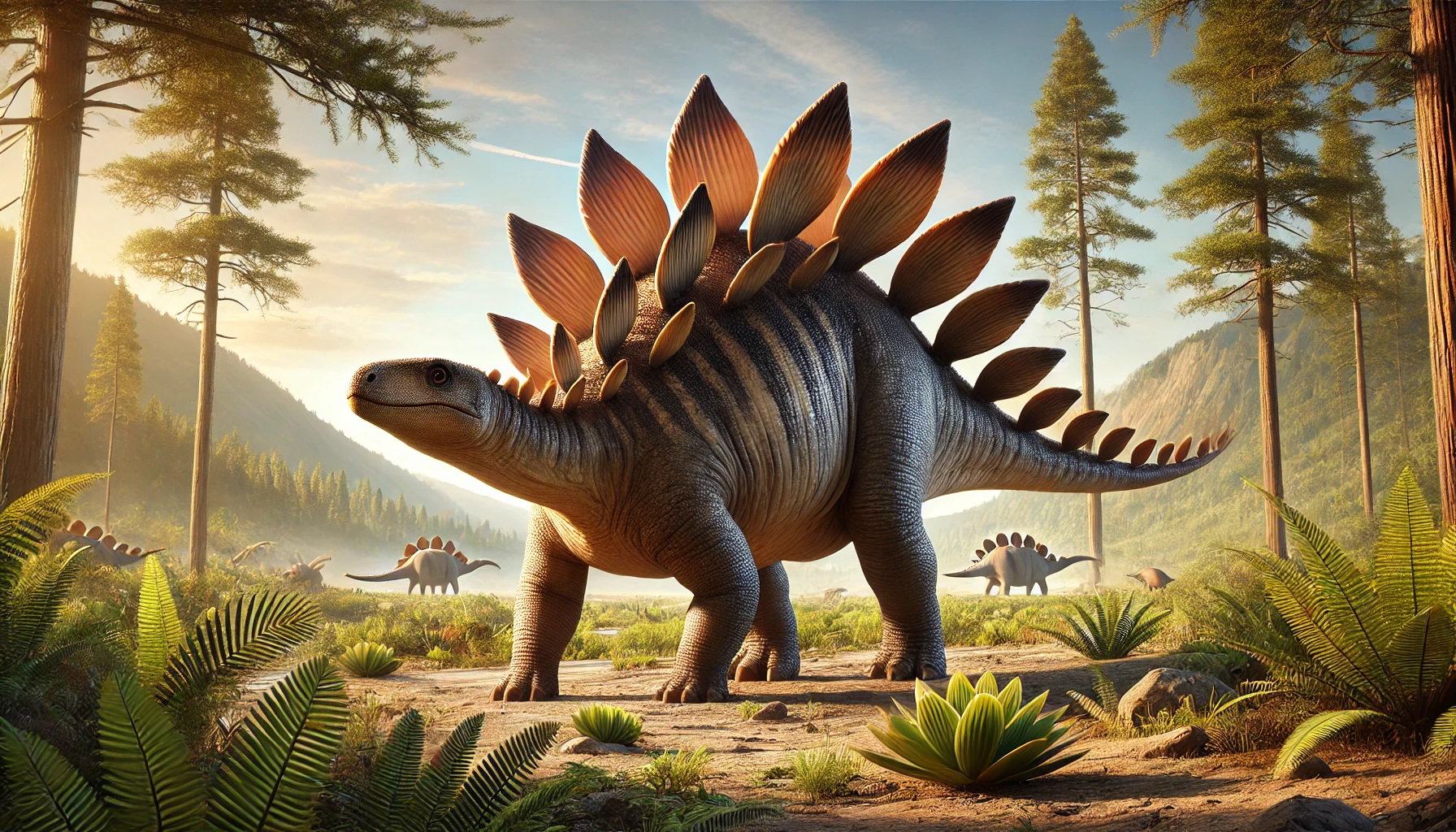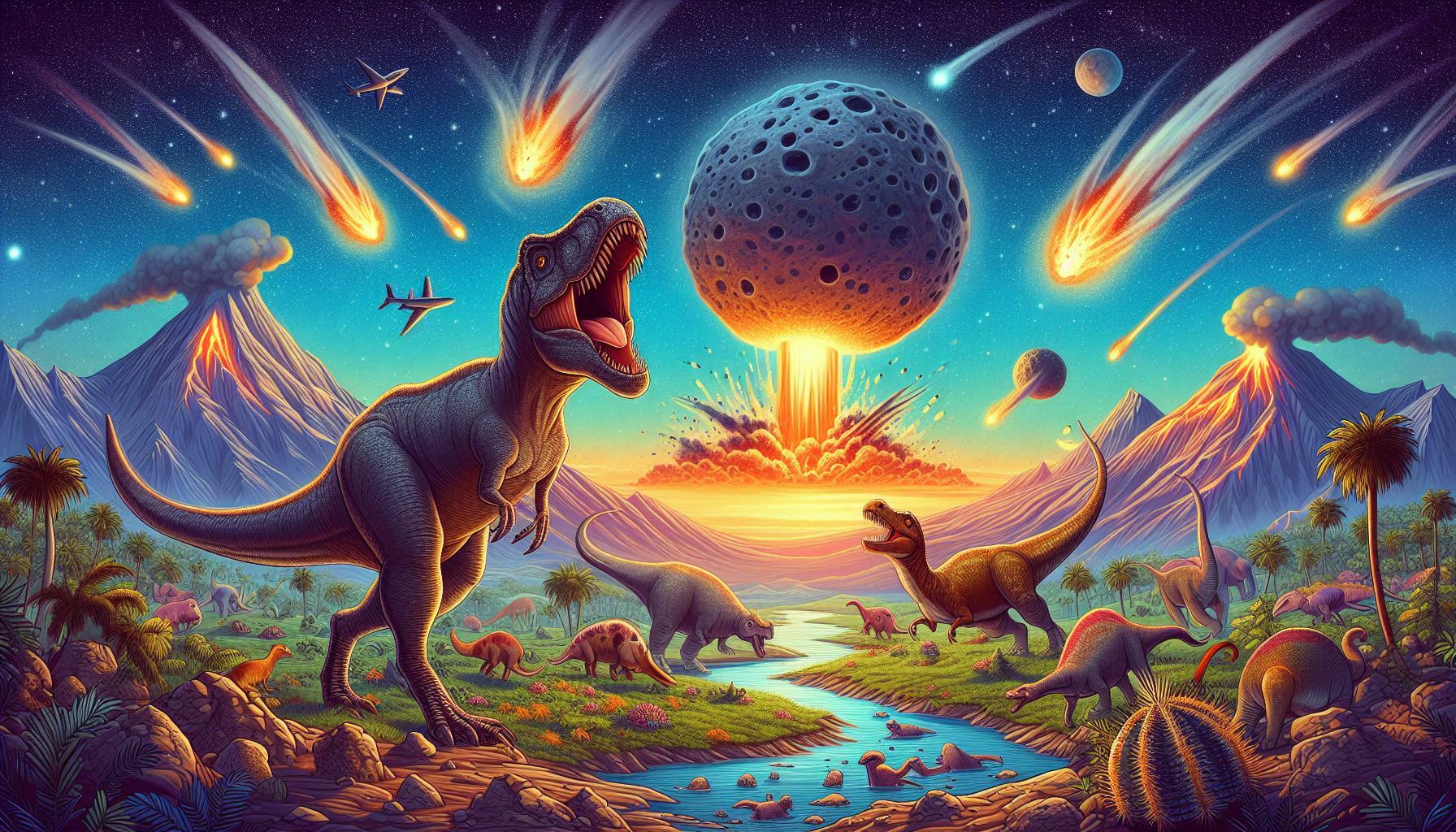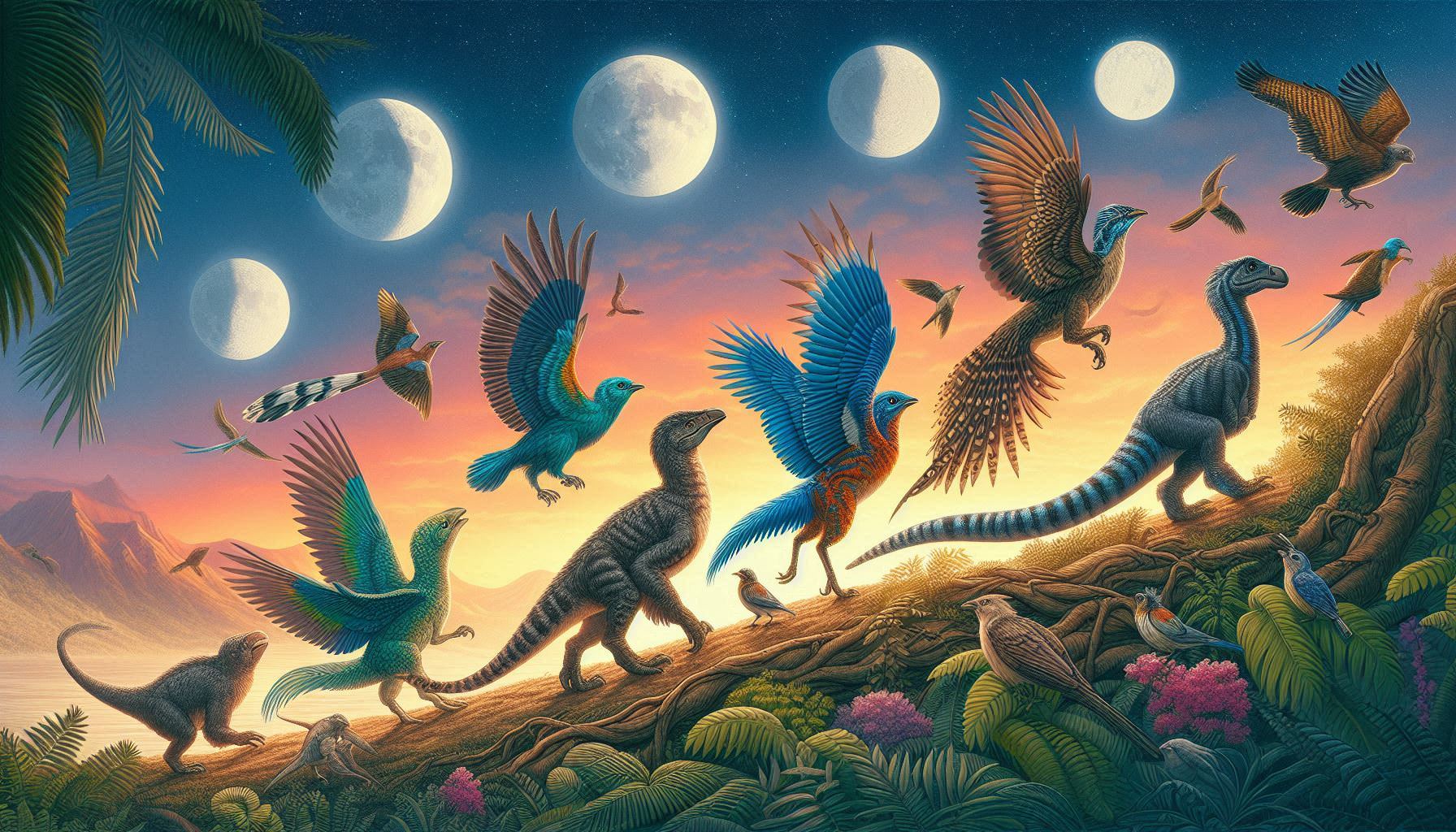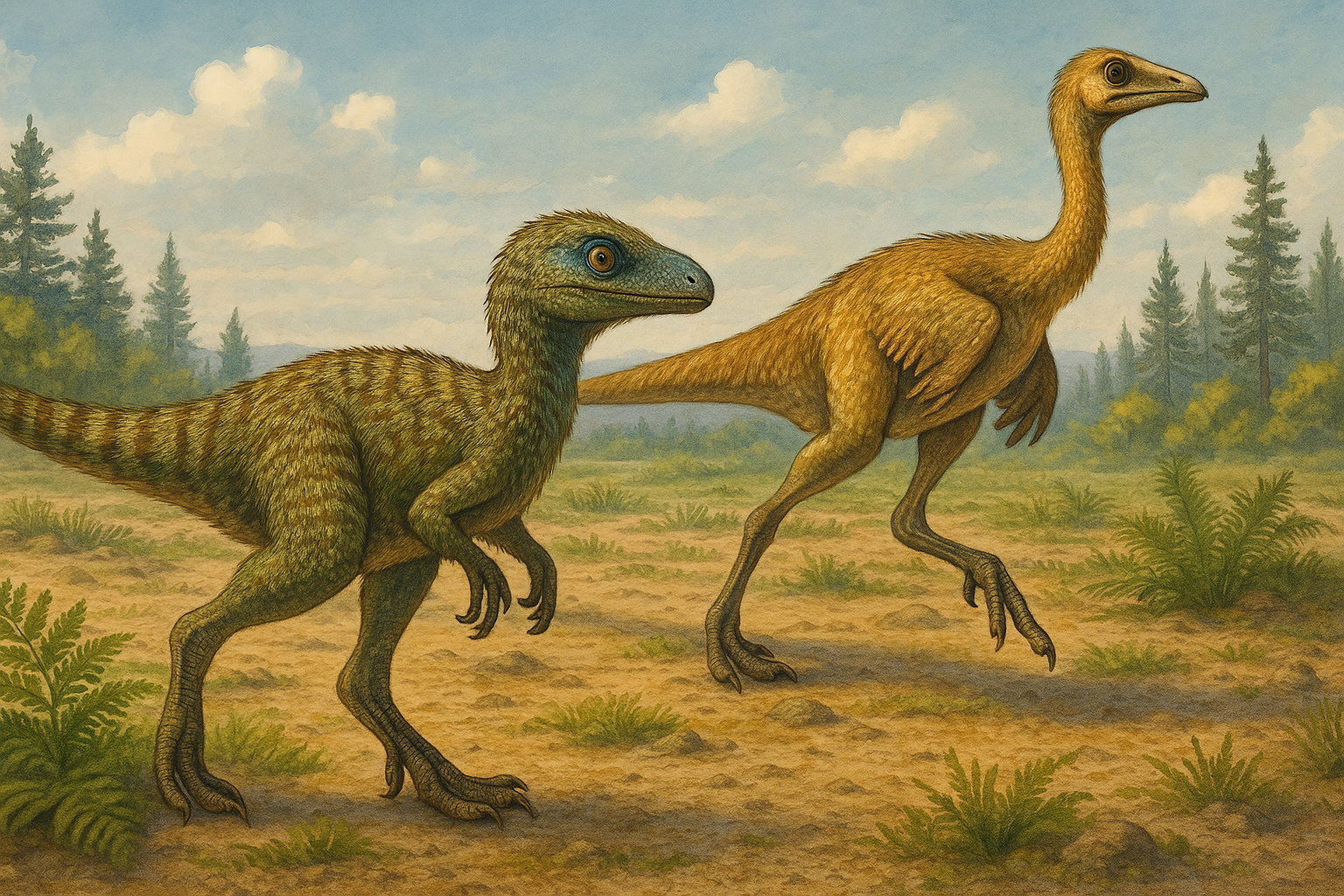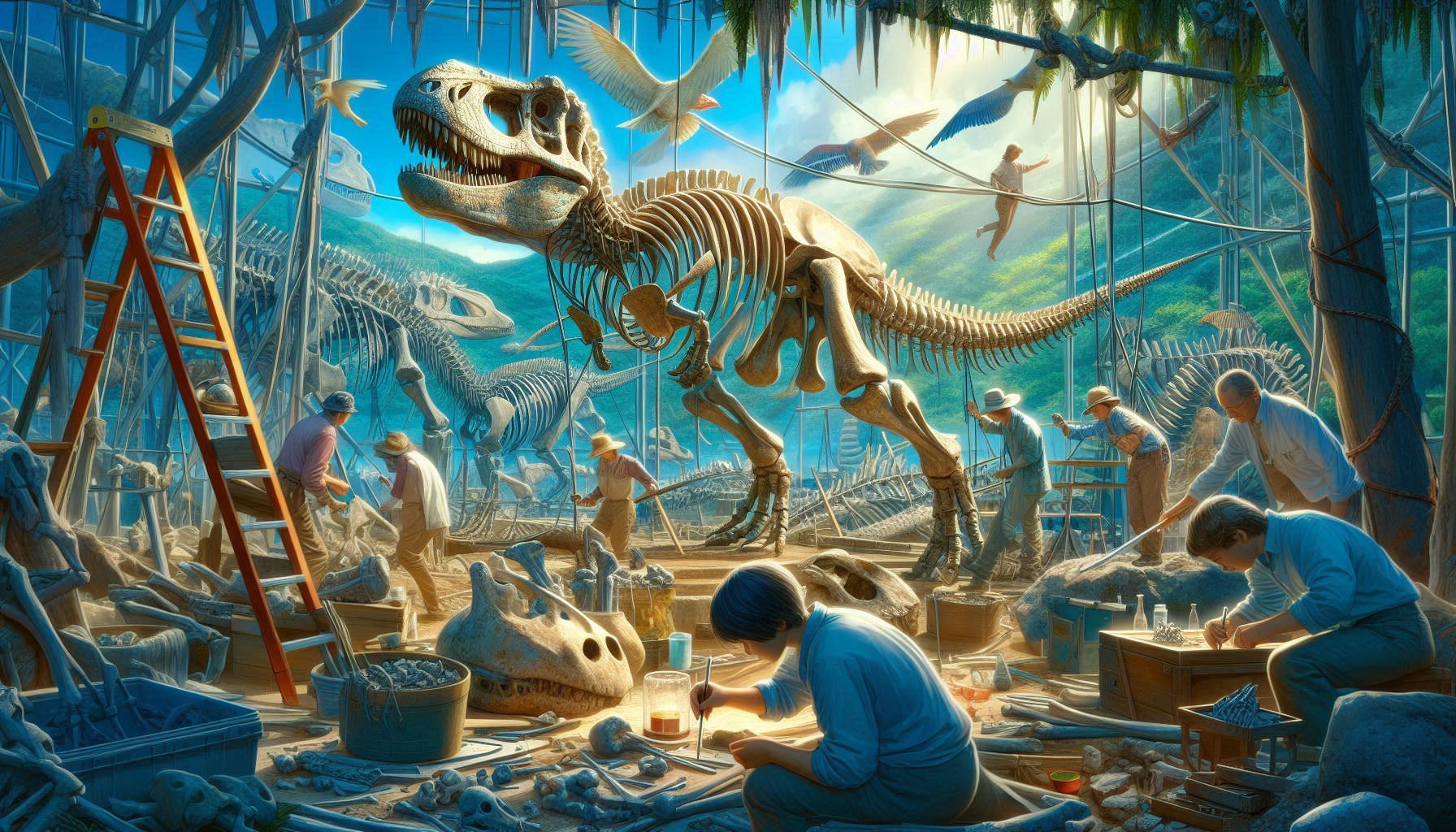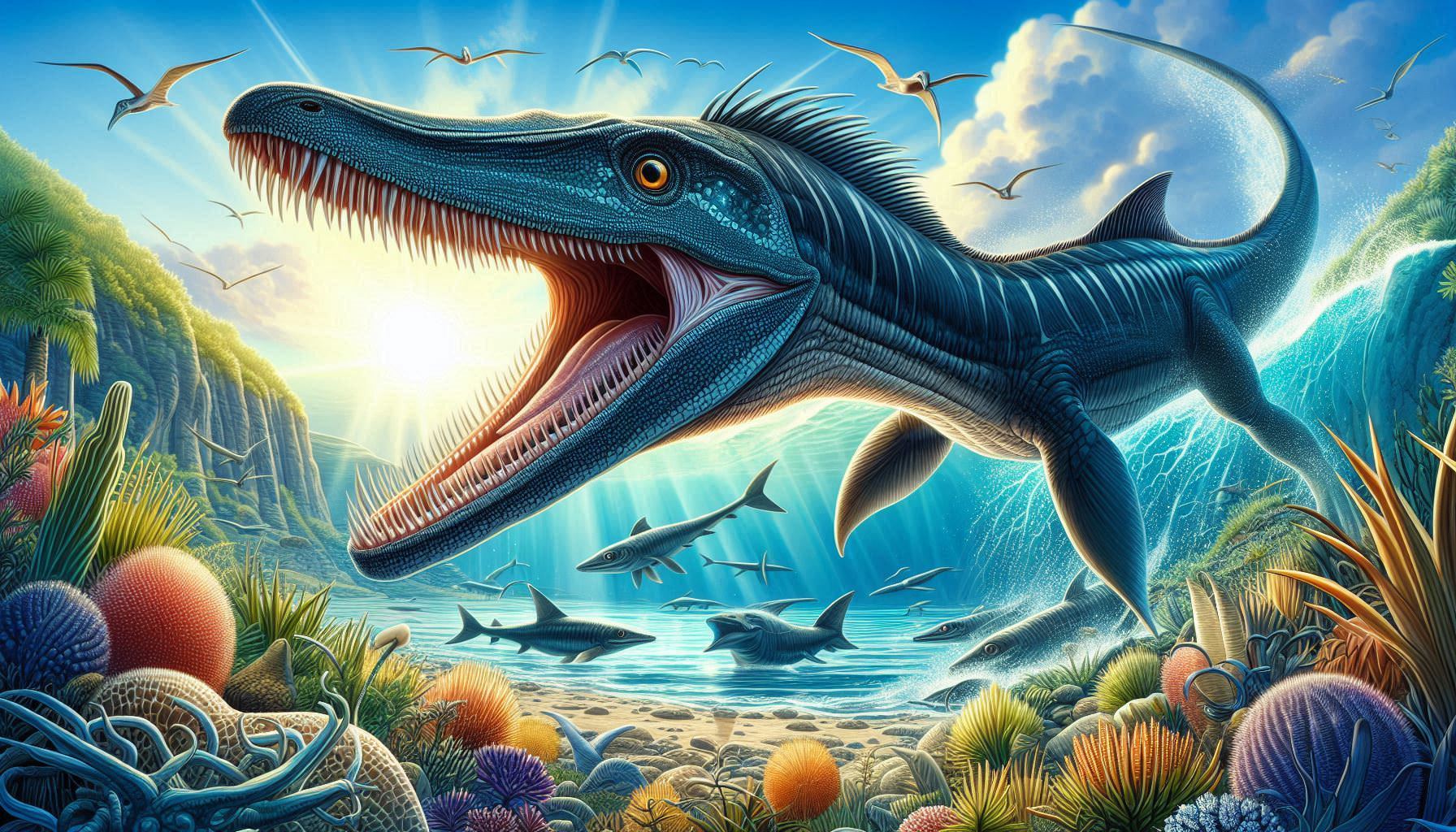- Triceratops: The Three-Horned Giant of the Cretaceous
- When and Where Did Triceratops Live?
- What Did Triceratops Look Like?
- Was Triceratops a Herd Animal?
- What Did Triceratops Eat?
- How Did Triceratops Use Its Horns?
- How Was Triceratops Discovered?
- Did Triceratops and T. rex Really Fight?
- Triceratops vs. Torosaurus: One or Two Dinosaurs?
- FAQ
- What does the name Triceratops mean?
- When did Triceratops live?
- What did Triceratops eat?
- Was Triceratops related to modern animals?
- How big was Triceratops?
Triceratops: The Three-Horned Giant of the Cretaceous
Among the most iconic dinosaurs ever discovered, Triceratops stands out with its unmistakable three-horned face, massive frill, and imposing build. But this prehistoric herbivore was more than just a museum favorite — it was part of a dynamic, evolving ecosystem at the end of the Age of Dinosaurs.
First described in 1889, Triceratops continues to inspire new research on dinosaur behavior, evolution, and extinction. Here’s what science reveals about this ancient giant.
When and Where Did Triceratops Live?
Triceratops lived during the Late Cretaceous period, about 68 to 66 million years ago, in what is now western North America. Its fossils have been found primarily in the Hell Creek Formation, a fossil-rich layer of sediment spanning parts of Montana, Wyoming, South Dakota, and North Dakota.
This region was home to a vibrant prehistoric ecosystem — including predators like Tyrannosaurus rex, other ceratopsians, hadrosaurs, and crocodilians.
What Did Triceratops Look Like?
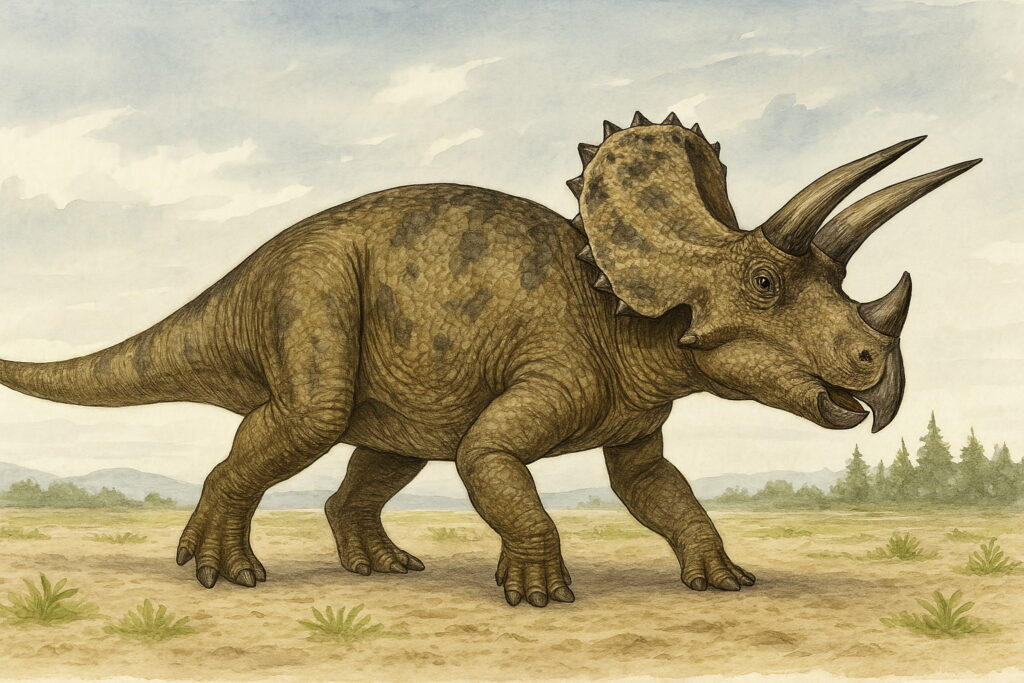
Triceratops was built like a tank. It measured up to 9 meters (30 feet) in length and weighed around 6–12 tons. Its defining features included:
- Three facial horns: two large ones above the eyes, one shorter on the nose
- A broad, bony frill: possibly used for display or defense
- Robust body and four sturdy limbs
- A parrot-like beak: ideal for shearing tough vegetation
Its skull alone could exceed 2.5 meters (8 feet) in length, making it one of the largest of any land animal known.
Was Triceratops a Herd Animal?
For many years, scientists believed Triceratops was a solitary browser. However, recent fossil discoveries suggest that it may have engaged in some level of social behavior. Bonebeds containing multiple individuals and juvenile fossils hint at potential group dynamics — although whether they lived in true herds remains a subject of debate.
What Did Triceratops Eat?
Triceratops was an herbivore, feeding on low-growing plants like ferns, palms, cycads, and possibly early flowering plants. Its strong jaws and rows of shearing teeth formed what’s called a “dental battery,” allowing it to slice through fibrous vegetation efficiently.
How Did Triceratops Use Its Horns?
There’s no single answer. Scientists believe the horns and frill could have served multiple purposes:
- Defense against predators like T. rex
- Combat with other Triceratops in mating or dominance rituals
- Display for species recognition or sexual selection
Some skulls show healed wounds, suggesting individuals may have engaged in horn-to-horn combat — not unlike modern-day deer or antelope.
How Was Triceratops Discovered?
The first Triceratops fossil was discovered in Wyoming in 1887 and misidentified as a species of extinct bison. It wasn’t until 1889 that paleontologist Othniel Charles Marsh named and correctly classified the animal based on a more complete skull.
Since then, hundreds of specimens have been unearthed, making Triceratops one of the best-represented large dinosaurs in the fossil record.
Did Triceratops and T. rex Really Fight?
It’s possible. Some Triceratops fossils show signs of bite marks attributed to T. rex, while others suggest scavenging rather than active predation. The two coexisted during the same time and region, and their fossil remains are frequently found in proximity.
Whether they faced off like rivals in a dinosaur showdown is still debated, but there’s solid evidence of predator-prey interaction.
Triceratops vs. Torosaurus: One or Two Dinosaurs?
A long-running debate in paleontology asks whether Torosaurus — a dinosaur with a larger frill and more open skull structure — is a separate genus or a fully mature form of Triceratops. Some studies argue the two are growth stages of the same species, while others maintain they are distinct.
The debate continues, but both names remain in use for now.
FAQ
What does the name Triceratops mean?
Triceratops means “three-horned face,” from the Greek tri (three), keras (horn), and ops (face).
When did Triceratops live?
It lived during the Late Cretaceous period, around 68–66 million years ago, just before the mass extinction event that ended the age of dinosaurs.
What did Triceratops eat?
Triceratops was an herbivore that fed on low-lying plants, using its strong jaws and shearing teeth to process tough vegetation.
Was Triceratops related to modern animals?
Triceratops was a ceratopsid dinosaur. While not directly related to any modern animals, its closest living relatives are birds, through shared ancestry with other dinosaurs.
How big was Triceratops?
It could reach up to 9 meters (30 feet) in length and weigh between 6 to 12 tons. Its skull alone could measure over 2.5 meters (8 feet).
# three-horned dinosaur, ceratopsid, Triceratops facts, Late Cretaceous herbivores, Triceratops vs T. rex, dinosaur with frill, Triceratops skull, dinosaur behavior, prehistoric plant-eaters, Hell Creek Formation



